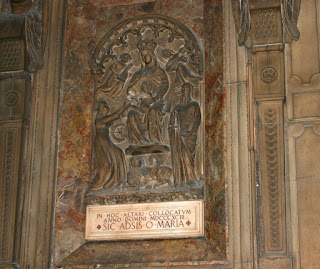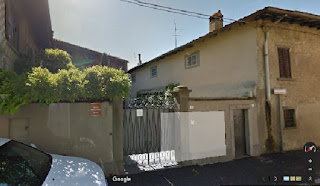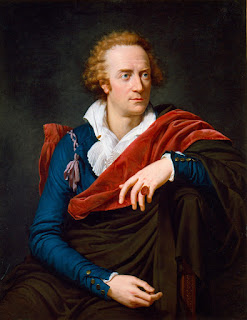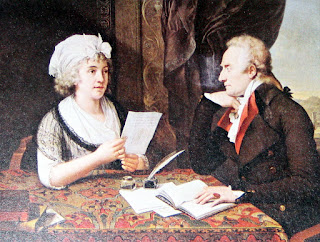Blessed monk who tried to preach humility to Mussolini
 |
| Alfredo Ildefonso Schuster: a photograph taken in 1930 |
Towards the end of the war, Schuster attempted to arrange a truce between
Mussolini and the partisans, but failed because Mussolini refused to accept the
demands for total surrender made by the partisan delegates.
More than 40 years after his death, Cardinal Schuster was beatified on
12 May 1996 by Pope John Paul II.
Schuster was the son of a Bavarian tailor who had moved to live in Rome
and he served as an altar boy at a German Church near St Peter’s Basilica.
In 1898 he joined the Order of Saint Benedict and took the name
Ildefonso before entering the monastic community of Saint Paul Outside the
Walls.
He studied while he was a monk and graduated as a Doctor of Philosophy
in 1903, later receiving a Doctorate in Theology.
.
Schuster was ordained as a priest in Rome in 1904 and then returned to
his community of Saint Paul Outside the Walls where he became Master of
Novices.
 |
| The statue of St Paul at the church of St Paul Outside the Walls in Rome |
After being elected Archbishop of Milan in 1929 he took the oath of
loyalty to the Italian state in front of King Victor Emmanuel III of Italy,
the first Italian bishop to be required to do so by the Lateran Treaty.
He was created Cardinal Priest by Pope Pius XI in 1929, receiving the
Church of Santi Silvestro e Martino ai Monti. He was consecrated in the Sistine
Chapel by Pope Pius XI personally.
Despite claims during the process for Schuster’s beatification that he
had been sympathetic to Italian Fascism, he had in fact denounced the
anti-Christian element of Fascism. He is reported to have refused to
participate in any ceremonies involving Mussolini and to have condemned racist
legislation during the period.
He had supported the Italian invasion of Ethiopia in 1935 by asking God
to protect the Italian troops, ‘as they opened the door of Ethiopia to the
Catholic faith’.
 |
| Benito Mussolini rejected Schuster's attempt to broker a truce with partisans |
During the unsuccessful meeting between Mussolini and the partisans in
the Archbishop’s Palace in Milan, Schuster is reported to have made an attempt
to preach humility to the Fascist leader.
After the war, Cardinal Schuster frequently emphasised the danger of
totalitarianism, whether inspired by fascism or communism.
Schuster died in 1954 at Venegono Inferiore near Milan. Cardinal Angelo Roncalli, the future Pope John XXIII, celebrated his funeral and afterwards
Schuster was buried in the Cathedral of Milan.
Travel tip:
The Sistine Chapel, where Schuster was consecrated as Cardinal Priest by
Pope Pius XI, is in the Apostolic Palace, where the Pope lives, in Vatican
City. The chapel takes its name from Pope Sixtus IV, the uncle of Pope Julius
II, who had it restored during his papacy. Between 1508 and 1512, Michelangelo
painted the ceiling at the request of Pope Julius II. His amazing
masterpiece, now a popular tourist attraction, is in bright colours, easily
visible from the floor, and covers more than 400 square metres.
 |
| The carving over the Altar of the Madonna at the Duomo in Milan, beneath which Schuster was buried |
Schuster was buried in the Duomo of Milan, Milan’s cathedral, which is
the largest church in Italy and the fifth largest in the world. Construction of
the Duomo began in 1386 using marble brought into the city along Milan’s
Navigli canals. Although it was consecrated as a Cathedral in 1418, building
work on the Duomo was not finally completed until the 19th century when
Napoleon organised the façade to be finished before his coronation there.
How the Lateran Treaty recognised the Vatican as an independent state
Overthrown Mussolini meets his fate at the hands of the partisans
Angelo Roncalli - the farmer's son who became pope
1543: The birth of madrigal composer Alfonso Ferrabosco
Home
More reading:
How the Lateran Treaty recognised the Vatican as an independent state
Overthrown Mussolini meets his fate at the hands of the partisans
Angelo Roncalli - the farmer's son who became pope
Also on this day:
1543: The birth of madrigal composer Alfonso Ferrabosco
Home












